sillyphaunt
TPF Noob!
I have a roll of B/W film that I shot, and I'd like to try my hand at handcoloring a few.
My question is, do I need to print them on fiberbased paper to do it? What paper looks best to do it?
And would it be better if I sent them off to be printed and then hand colored them?
What do you/have you used.. oils? dyes, pencils? Any tips would be great.
And a totally weird question.. is it possible to scan a photo, manipulated it in photoshop, have it printed by a lab, then hand color it? Is the paper different?
My question is, do I need to print them on fiberbased paper to do it? What paper looks best to do it?
And would it be better if I sent them off to be printed and then hand colored them?
What do you/have you used.. oils? dyes, pencils? Any tips would be great.
And a totally weird question.. is it possible to scan a photo, manipulated it in photoshop, have it printed by a lab, then hand color it? Is the paper different?


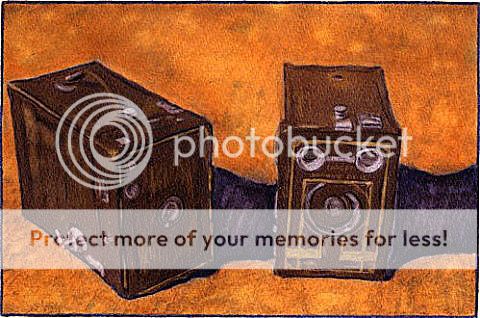

 :crazy:
:crazy: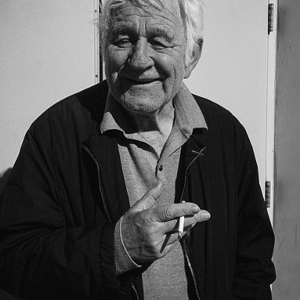
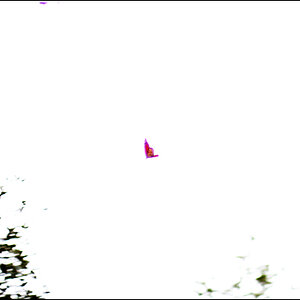
![[No title]](/data/xfmg/thumbnail/39/39291-a89dc472765e04f66f617dd9acc8030d.jpg?1619738958)
![[No title]](/data/xfmg/thumbnail/39/39292-4169a355b794ae9735845c4ad45d06ff.jpg?1619738958)

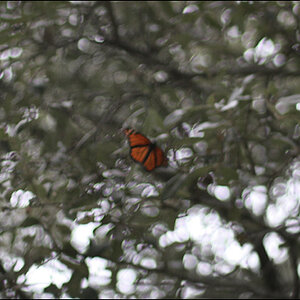
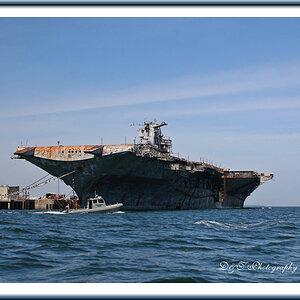
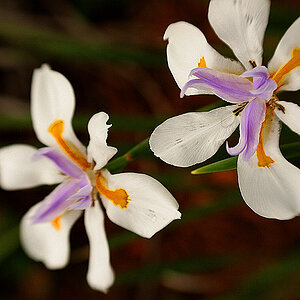


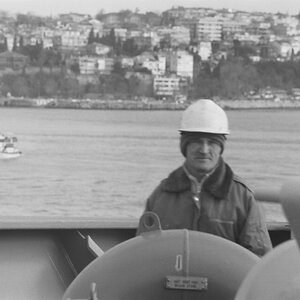
![[No title]](/data/xfmg/thumbnail/39/39286-ae386da044402acf92e55d8b68c26af3.jpg?1619738956)